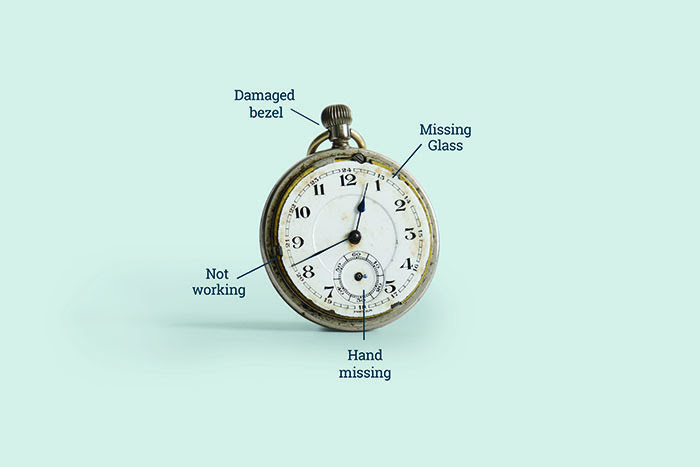
Some of the most collectible early Hamilton wristwatches include The Oval, The Tonneau, The Rectangular, The Square Enamel, The Coronado, The Piping Rock, The Spur, The Glendale, The Pinehurst, The Langley, The Byrd, The Cambridge, the Barrel 'B', and The Flintridge. In 1928 Hamilton purchased the Illinois Watch Company for in excess of $5 million from the heirs of John Whitfield Bunn and Jacob Bunn. Hamilton introduced its first wristwatch in 1917, designed to appeal to men entering World War I and containing the 0-sized 17-jewel 983 movement originally designed for women's pendent watches.
#Buren pocket watch serial numbers series
The company's first series of pocket watches, the Broadway Limited, was marketed as the 'Watch of Railroad Accuracy,' and Hamilton became popular by making accurate railroad watches. During Hamilton's first fifteen years, only two size movements were produced - the 18-size and the smaller 16-size.

The first watch made under the Hamilton name was an 18-size 17-jewel pocket watch in 1893. Hamilton eventually took possession of Aurora Watch Company's machinery shortly after incorporation. The Hamilton Watch Company was housed on a 13-acre (53,000 m 2) complex in Lancaster. During World War II, Hamilton retooled its business model to serve the military, dropping its consumer products. As the market switched from pocket watches to wrist watches after World War I, the company manufactured wrist watches. Railroads purchased all of Hamilton's production. ĭuring the expansion of the railroads in the U.S., Hamilton maintained over 56% of the market. The company was named after James Hamilton son of (lawyer) Andrew Hamilton, a Scottish born attorney who laid out and founded Lancaster, and was the original owner of the Lancaster site on which the factory was situated. The name of the new company was originally to be 'Columbian,' but when it was discovered the Waterbury Watch Company had trademarked that name, a meeting of stock holders was called in November 1892 and a new name selected. During the same year, Aurora Watch Company of Illinois also merged into Keystone. The Hamilton Watch Company was established in 1892 after Keystone Standard Watch Company was purchased from bankruptcy. Keystone existed until 1891 when the company was sold to Hamilton Watch Company.

Keystone manufactured watches featuring a patented 'Dust Proof' design that used a small acrylic 'window' to cover the only opening in the plate of the movement. The precursor to the Hamilton Watch Co., the Lancaster, Pennsylvania based Keystone Standard Watch Co., was started by Abram Bitner in 1886 with the purchase of Lancaster Watch Company's factory. Hamilton succeeded three watch firms manufacturing timepieces in the same facilities in Lancaster, PA, including the Lancaster Watch Company.


 0 kommentar(er)
0 kommentar(er)
